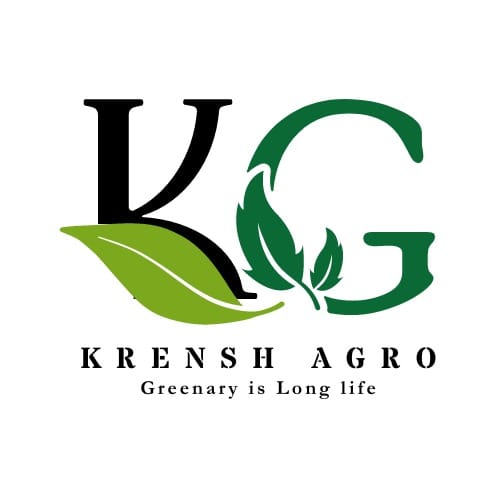Hydroponic
Hydroponics is fodder commonly grown on soil without nutrient solution (water) which is commonly known as Jawara.

Hydroponics is fodder commonly grown on soil without nutrient solution (water) which is commonly known as Jawara. Hydroponics experiments have been going on abroad for two hundred and fifty years. In our country too, progressive farmers who want to innovate experiment with hydroponics but have rarely succeeded.
There are both advantages and disadvantages to growing grass with the hydroponics method. But the biggest advantage is that if there is open space, only some of the nutrients required by the plant can be added to the water and fodder can be grown. One wonders how fodder can be grown without soil. But it is very straightforward that the nutrients in the soil are found in water. And plant growth occurs. Adding such nutrients directly to the water and mixing and giving such water to the plant gives all the nutrients to the plant. Therefore, water requirement is less in this method than in soil cultivation. In addition, the development of a solar powered hydroponics unit without wind power also saves energy costs. This method gives faster results and more hay. Insect or disease infestation is less common. By growing grass with this method, the nutritional value of fodder is maintained throughout the year. The availability of green fodder with uniform nutritional value to the cattle on the dairy farm does not increase or decrease the milk production or the percentage of fat in the milk dramatically. Growing fodder in this way does not mean scarcity, crisis, change in weather, damage from any parasitic animals. There is no need for manpower or labor for harvesting. There is no need for transportation charge or manpower or Chafkatan to bring the soil from the farm to the dairy farm.
The experiment of feeding green maize (on farm) grown without soil by hydroponics method to the farmer's house has yielded promising results. By feeding 20 kg of such green maize daily, balanced grain can be fed 1 to 1.5 kg less. In addition, many women, landless farmers, medium or marginal farmers are of the opinion that the milk production of their cattle has increased by 1 to 2 liters per day and / or 1 per cent increase in fat. For some, milk production has only increased while the percentage of milk fat has not increased or decreased but has remained the same. Fertility also improves. Dairy cattle have also come into the field and become pregnant. Such fodder is ready in just a week. Out of 150 kg of maize grains, about 1000 kg of green maize fodder can be produced in a week.
Production of corn fodder by hydroponics method
In order to make more profit in the animal husbandry business, it is necessary to reduce the cost of animal feed. Generally, animal feed costs 20 to 25 per cent of the total cost, of which 40 to 50 per cent is spent on green fodder. It is difficult to get green fodder due to the increase in population every year as well as the decrease in pasture land. In addition, due to rising land prices, high labor rates and lack of drinking water, it is expensive to get green fodder for livestock and it is advisable to develop green grub by aquaculture strategy thinking about the declining normal assets and cost of grain. Given the restricted water accessible for developing grain, there is no question that this new strategy will be valuable for developing green feed.
Our country has 14% of the world's livestock population. India needs 2.3 lakh tonnes of green fodder for livestock against which 2.5 lakh tonnes of green fodder is available. Thus, there is a decrease of 2% in greenery. As per the census of 2017, approximately 3 lakh hectare area is under fodder crops. Which is approximately 7.5% of the total cultivable land. In Gujarat, Haryana, Punjab etc. 10% of the land is under fodder cultivation. 30% of the total milk production cost is for livestock and the remaining 30% is for medicine and labor. The main reasons for low milk production capacity per animal in India are lack of fodder in the diet and poor quality of fodder.





